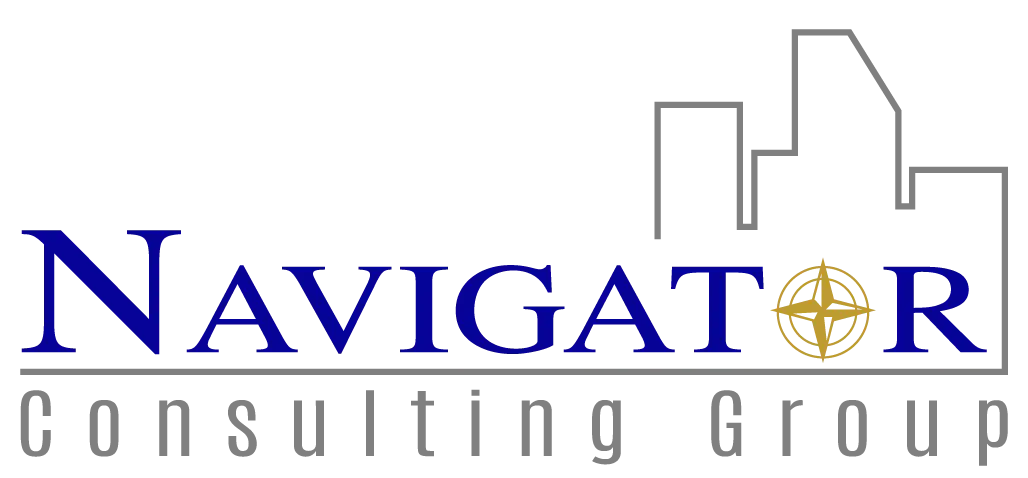What are ground rules for meetings with the landlord?
When selecting an office building, it is important to understand the ground rules for meeting with a landlord. Knowing what to expect when entering into negotiations will help ensure that both parties are on the same page and can come to an agreement in a timely manner. Having a clear understanding of these rules can also ensure that neither party feels taken advantage of in the process.
The internet can be a valuable source of information, but when selecting an office suite, never rely on a website’s professionally enhanced photos or embellished promotional copy. You must have ‘boots on the ground’ to properly assess a building’s physical condition and suitability of the potential office space. In other words, you must get out and physically inspect various office buildings and suites.
As you walk through an office building during the initial ‘meet and greet’ session, subtle pieces of information are deliberately or, in some cases, inadvertently traded between the prospective Tenant and Landlord. When the inspection ends, each party will walk away with a psychological profile regarding their desirability as a Tenant or Landlord. As a result, as initial impressions are forged, the negotiating table is now set.
From your perspective, you, the Tenant, possess many positive personal qualities, amiable, intelligent, analytical, yet decisive, capped off by a shrewd business sense. From the Landlord’s perspective, it’s a little simpler. You are either a reliable or unreliable cash flow. During this initial meeting, the Landlord seeks clues about your worth as a Tenant. Will you pay the rent conscientiously every month, or might they have to pry it from your hands? What is the Landlord thinking about its opportunity cost (there are other prospective tenants) and ROI? Will you be a tenant-risk worth taking?
For example, if the Landlord contributes $200,000 toward tenant improvements, not including legal and brokerage fees, will the tenant fulfill its lease obligations to assure the Landlord of receiving its return on investment? Even if the Landlord believes you are a risk worth taking, they will subsequently request financial statements as confirmation. So, be prepared and remember that there is nothing like a first impression that will set the psychological stage for negotiations.
Recognizing there are hidden agendas regarding the initial field inspection, the tenant’s goal should be to project an image of respectability and reliability. The more financially attractive and stable the tenancy, the more concessions the Landlord may initially offer. If your company does not have a household name, bring professionally prepared PR materials that substantiate who you are.
Also, remember that the purpose of the initial meeting is ‘meet, greet and gather’ information. Not to negotiate. Based on the nature of the questions the prospective tenant asks during the tour, the landlord will gain insight into the level of sophistication they will bring to the negotiating table. Consequently, comments and questions should pertain to the building’s design and operations, i.e., loss factor, management staffing, hours of operations, parking capacity, window ratio, etc.
At this early stage of the process, avoid commenting on the Landlord’s asking rent or offering market comparisons to other landlords. If the building makes your shortlist, these comments are best reserved for a later meeting when the parties engage in negotiations. If there is a sincere interest as you walk through the prospective suite, you should request a ‘test-fit’ space plan from the Landlord. This plan will confirm that the suite can be physically configured to best address your office space needs.
In summary, you must physically inspect the office market to learn what landlords and their respective office buildings offer. The purpose of the initial field inspection is to gather information. Remember that impressions will be made as you collect information and meet the individual landlords. These impressions will set the stage for follow-up negotiations. If a particular building makes your short list, always ask the Landlord for a ‘test fit’ space plan to confirm that the potential configuration of the office suite will work.




